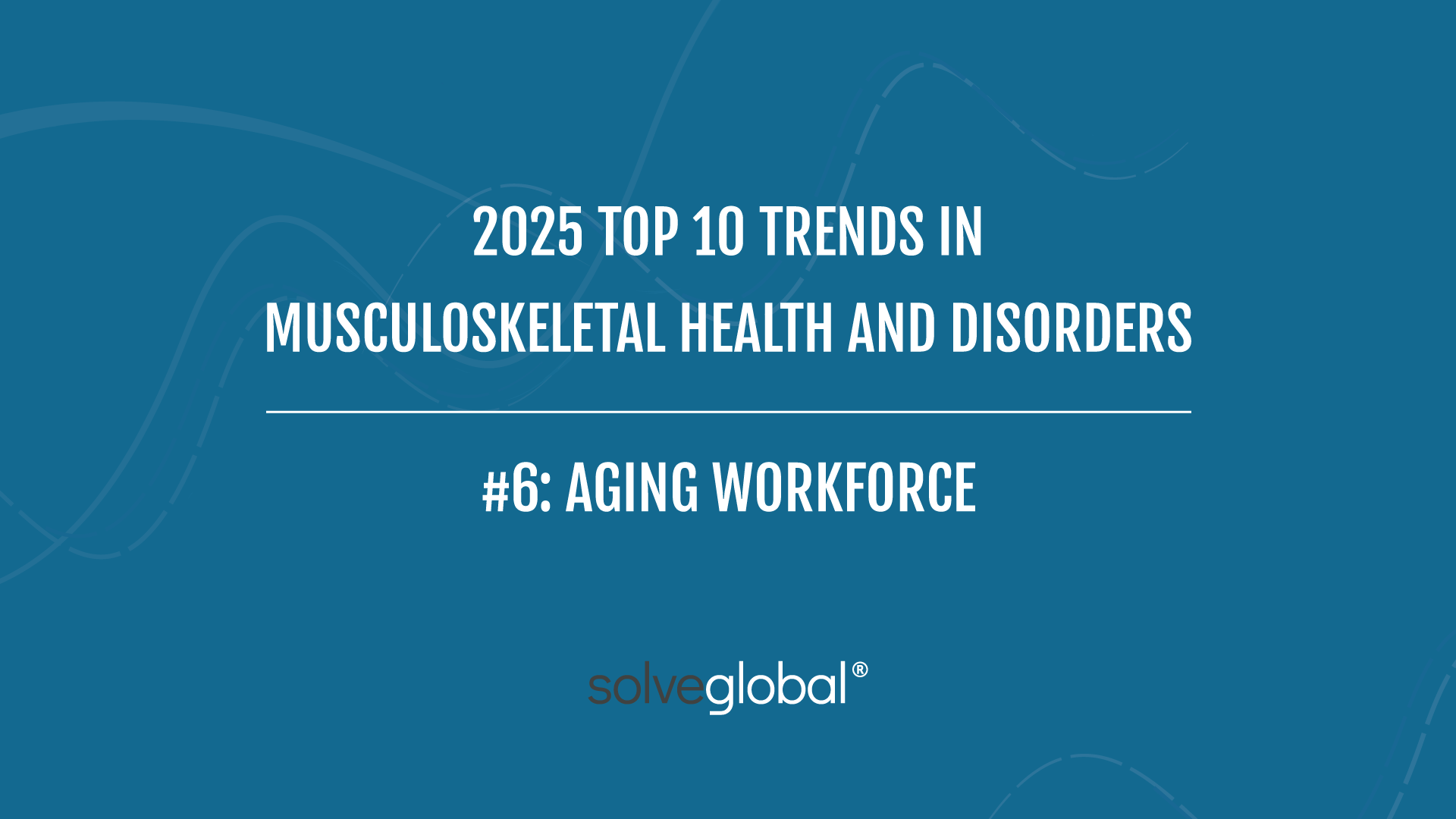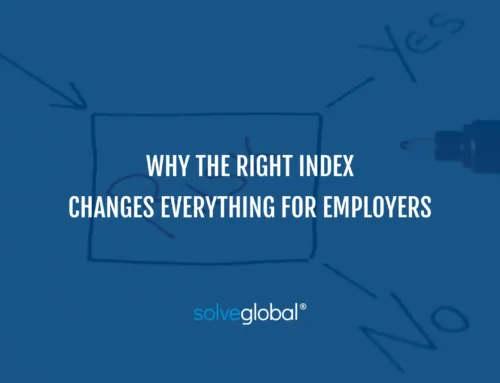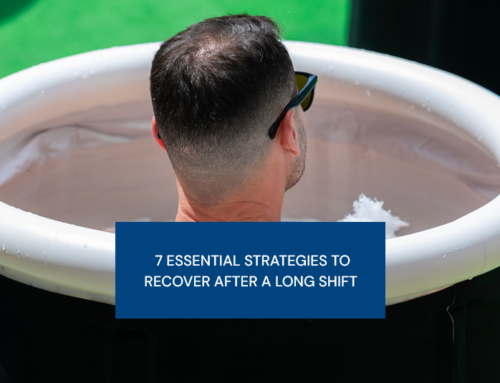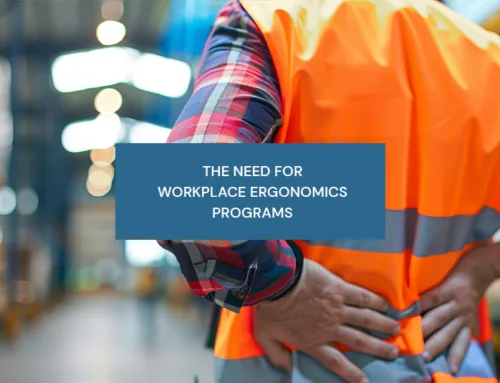The workforce is aging.
Birth rates are declining, and life expectancy is increasing. What does this mean? The average age of our workers is climbing. By 2030, it is estimated that one in five American workers will be over the age of 65, with similar trends occurring worldwide.
This shift brings new challenges and opportunities, particularly in the realm of joint, bone, and muscle health. While older employees bring vast knowledge and expertise, they also are at a higher risk of developing:
- arthritis
- back pain, and
- repetitive strain injuries.
As workers age, natural wear and tear on joints and muscles can lead to increased discomfort and a greater likelihood of workplace injuries.
So, how does this trend play out?
- By age 50, approximately 60% of workers report experiencing some form of joint or back pain.
- Lower back issues affect nearly 80% of adults at some point in their lives.
- Arthritis impacts about 23% of all adults, with prevalence increasing to over 45% in those aged 65+.
- Shoulder injuries, tendon inflammation, and nerve compression syndromes become more prevalent in older working populations.
The impact of this? Your employees are in pain- much longer than they need to be. Older workers typically require longer recovery times, resulting in extended absences and higher healthcare costs. No matter what profession, any worker- regardless of age- is at risk for developing pain or discomfort. This can lead to a loss of productivity and an increase of absenteeism- both hurt you and your employee.
There is a direct correlation between an increased risk of joint, muscle, and bone disorders and increased costs. Pain, injury, and discomfort exceed $2B annually in the US alone. You feel this in your rising health insurance costs. You may try to save money by cutting certain benefits, but this only hurts your employees. Their premiums are rising and their access to care is decreasing. This directly impacts job satisfaction.
Responding to the Trend
The aging of the global workforce represents one of the most significant demographic shifts affecting modern workplaces. Rising healthcare costs disproportionately impacts older workers. They are at a higher risk for developing muscle, bone, and joint pain or discomfort and their recovery times are much slower. For employers and healthcare providers alike, addressing the joint, bone, and soft tissue needs of older workers is not merely a health concern but a business imperative.
Addressing your older workers’ pain can allow them to continue to provide their invaluable experience to your business, save your business and your employees’ healthcare costs, and also help them thrive in and out of the workplace.
The Solveglobal team of movement experts wants to engage your employee population to help them move and feel their best while helping your business thrive. Our solution is the most comprehensive on the market- covering anything from early detection of pain and discomfort to treatment of chronic injuries.
You’re already paying for MSDs. Wouldn’t you rather pay less and get better results? See how the Solveglobal solution is right for your business and workforce at Solveglobal.com.






Leave A Comment